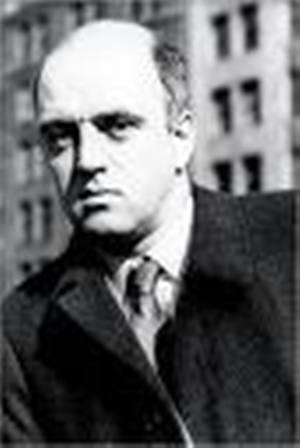The House on Dream Street by Dana Sachs (Seal Press)
It's easy to fall in love with a country--travelers do it all the time. It's far more difficult to extend that infatuation into a long-term relationship, as Dana Sachs discovers when she moves to Hanoi.
An independent American with a fledgling grasp of Vietnamese, Dana soon discovers that in her new home she has all the authority of a three-year-old child, coupled with the notoriety of Brittany Spears. Soon after her arrival she realizes "I would always stand out in a crowd--bigger, paler, and richer than everyone else." She is told about another American woman who had lived in Hanoi and was so besieged by attention that she retreated to her room and refused to leave until the day that she flew back to the States. Keeping this example in mind, Dana forces herself out into public view, learning to be comfortable within Hanoi's teeming streets and in the home of the family who rent her a room and slowly absorb her into their domestic scene.
She quickly learns key phrases, the most useful being "I don't know how to eat it." This, her Vietnamese friend, Tra, who has lived in America tells her, is a polite way to refuse unwanted food, and it rescues Dana from eating an egg that she thought was hardboiled but turns out to be a baby chick in embryo.
"You should try it. It's delicious," Tra tells Dana later, adding sympathetically that she had a similar experience in the States with mashed potatoes--"All that butter and cream--disgusting! How can people eat that?"
Learning the language helps build Dana's confidence and allows her to become closer to the family in whose house she lives. She enters a different time zone, spending hours sitting with her landlady Huong in a living room whose folding doors when opened exposed the entire room to the street. "It was hard," Dana remarks, "to know where the inside stopped and the outside world began." Sitting on a sofa that was almost on the sidewalk, Dana discovers how a public world can also be deeply personal, and how "relaxing" does not need to "involve some action verb." As they sit together Dana and Huong become friends and Dana becomes part of a small part of Hanoi.
Certain stereotypes persist. Dana continues to see Hanoi through a filter of past war stories, and many men of Hanoi continue to see her as an easy conquest, since she is of course American. A meeting with a man who claimed to have rescued John McCain when the downed pilot was floundering in Hanoi's Western Lake brings Dana to an unexpected affinity with Phai, a motorcycle mechanic, whose gentle kindness provides a restful sanctuary from an endless barrage of things to learn.
It's easy to fall in love with a man who in some ways personifies the country that she loves--it's far less easy, Dana discovers, to extend that infatuation into the same sort of long-term relationship that she has with Vietnam. And yet the attraction becomes a lasting friendship, as Vietnam becomes a second home, while changing over time as much as Dana and Phai do. The vivid and careful chronicling of Vietnam as it enters a new, peaceful, and prosperous century makes this book an important historical document as much as it is an engaging piece of travel literature that deserves to become a classic.

